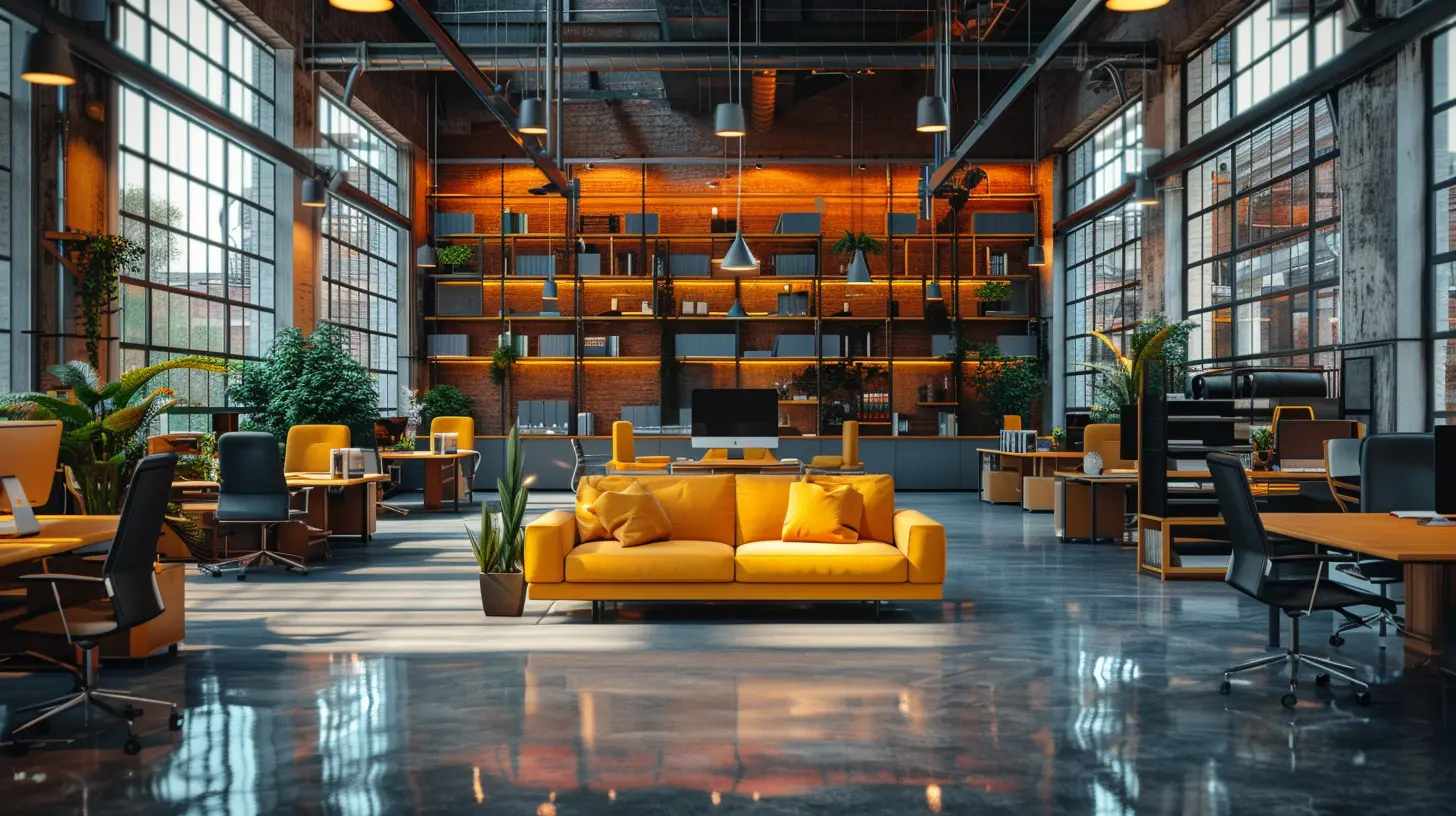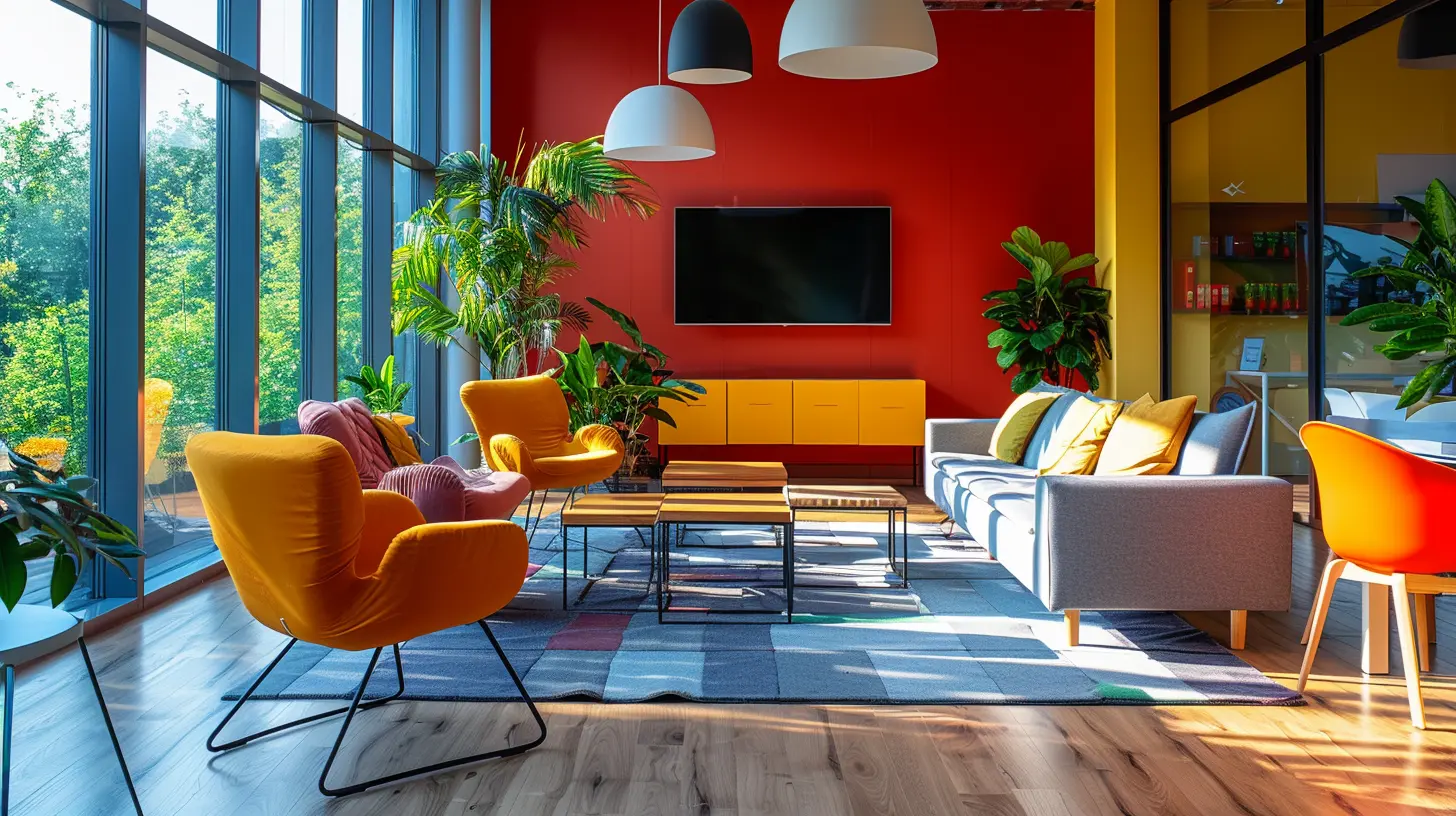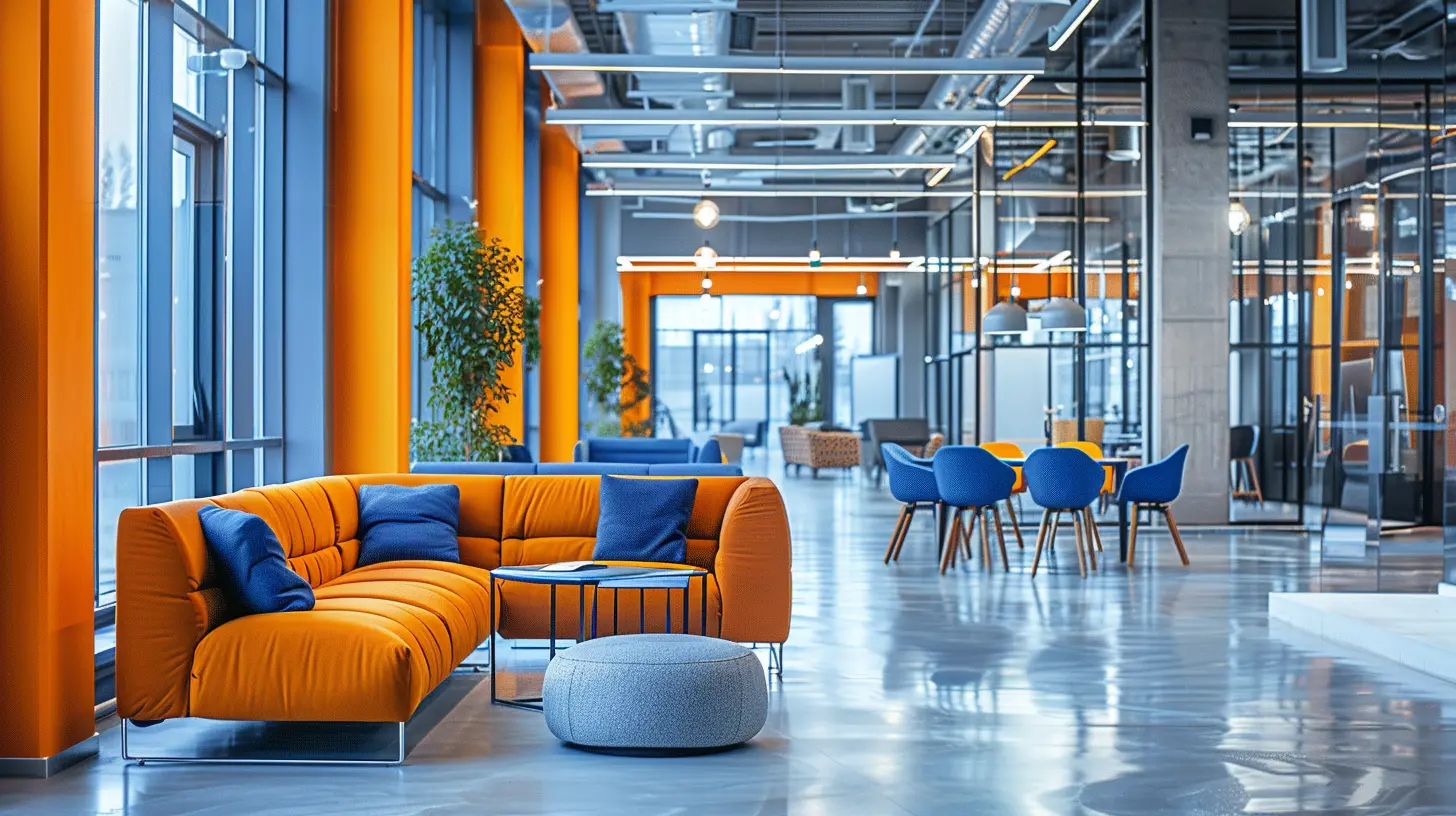The Impact of Office Design on Employee Engagement
17 August 2025
Ever walked into an office and immediately felt uninspired? The sad, gray cubicles and fluorescent lighting make you want to run out the door. Now, imagine stepping into a workspace that feels open, bright, and energizing—one that actually makes you want to stay and do your best work. Sounds better, right?
That’s the power of office design. It’s not just about aesthetics; it plays a crucial role in employee engagement, productivity, and overall workplace satisfaction. Let’s dive into how office design affects employees and what businesses can do to create a workspace that fosters motivation and creativity. 
Why Office Design Matters More Than You Think
Think about it—employees spend nearly 40 hours a week in the office. If that space is dull, uncomfortable, or chaotic, how can you expect them to be productive and engaged?A well-designed office does more than just look good. It impacts:
- Employee morale – Feeling good in a space leads to happier employees.
- Productivity – The right setup can boost focus and efficiency.
- Collaboration – Open spaces can encourage teamwork and creativity.
- Well-being – Ergonomic and comfortable workspaces reduce stress and fatigue.
When companies invest in office design, they’re not just decorating; they’re creating an environment that supports their employees in doing their best work. 
How Office Design Affects Employee Engagement
So, how exactly does office design influence how employees feel and work? Let’s break it down.1. Lighting Impacts Mood and Productivity
Ever sat in a dark, gloomy room and felt instantly drowsy? That’s because lighting affects our brain’s ability to stay alert. Natural light, in particular, has been shown to improve mood, boost energy, and even enhance sleep quality.What You Can Do:
- Position desks near windows to let in more natural light.- Use daylight-mimicking LED bulbs to avoid harsh fluorescent lighting.
- Provide adjustable lighting options so employees can control their workspace brightness.
Pro Tip: A well-lit office keeps employees more alert and engaged throughout the day.
2. Ergonomic Furniture Prevents Fatigue and Boosts Comfort
Imagine sitting in an uncomfortable chair for hours—your back aches, your neck stiffens, and soon, you’re counting down the minutes until you can leave. That’s exactly what happens in poorly designed workspaces.What You Can Do:
- Invest in adjustable chairs and desks to promote proper posture.- Offer standing desks to allow movement throughout the day.
- Provide wrist supports, ergonomic keyboards, and mousepads to reduce strain.
Happy bodies mean happy minds, and happy minds mean higher engagement.
3. Office Layout Influences Collaboration and Focus
The way an office is set up dictates how employees interact. Some setups fuel collaboration, while others hinder it.Types of Layouts and Their Effects:
| Layout Type | Pros | Cons ||-----------------|---------|---------|
| Open-plan | Encourages teamwork, transparency, and easy communication. | Can be noisy and distracting. |
| Cubicles | Provides privacy and reduces distractions. | Can feel isolating and uninspiring. |
| Hybrid spaces | A mix of open and private areas for different tasks. | Requires a thoughtful balance to be effective. |
What You Can Do:
- Create collaborative zones where teams can brainstorm.
- Include quiet areas or pods for deep focus work.
- Offer flexible seating arrangements so employees can choose their ideal work environment.
A well-thought-out layout makes a world of difference in keeping employees engaged.
4. Colors and Aesthetics Affect Mindset
Colors aren't just for decoration; they play a big role in how people feel and work.Color Psychology in Office Design:
- Blue – Promotes focus and calmness.- Green – Reduces eye strain and promotes balance.
- Yellow – Increases creativity and happiness.
- Red – Boosts energy but can be overwhelming in large doses.
What You Can Do:
- Use soft blues and greens for a calming effect.- Add pops of yellow in creative spaces.
- Avoid too much white or gray—it can feel sterile and uninspiring.
Engaging spaces use color strategically to create an inspiring work environment.
5. Breakout Spaces Encourage Relaxation and Creativity
Nobody can stay productive for eight straight hours—our brains just don’t work that way. This is why having dedicated relaxation zones is key.What You Can Do:
- Create breakout spaces with comfy seating.- Include game rooms, meditation areas, or nap pods to recharge.
- Provide a well-equipped kitchen or coffee station for quick breaks.
A refreshed mind equals a more engaged employee.
6. Noise Control Supports Concentration
Too much noise can lead to stress, frustration, and distraction. Employees working in noisy environments often struggle to focus, leading to lower productivity.What You Can Do:
- Use soundproofing materials like carpets, acoustic panels, or white noise machines.- Offer noise-canceling headphones for employees who need them.
- Create designated quiet zones to support deep focus work.
A quieter office helps employees stay engaged without unnecessary distractions. 
The Role of Personalization in Employee Engagement
Here’s a simple truth: People feel more comfortable in spaces that reflect their personality. Allowing employees to personalize their workspace can make them feel more connected to their job.What You Can Do:
- Let employees decorate their desks with personal items.- Offer customizable workstations (lighting, seating, desk height, etc.).
- Encourage team members to add plants, photos, or artwork to their space.
Small touches can make a big difference in employee satisfaction and engagement. 
The Future of Office Design
With remote and hybrid work on the rise, businesses need to rethink how they design offices. Employees now expect flexibility, comfort, and purpose-driven workspaces.Emerging Office Design Trends
- Hot desking – Employees choose where they work each day rather than having assigned desks.- Biophilic design – Incorporating nature (plants, natural light, water features) to boost well-being.
- Tech-integrated spaces – Offices equipped with smart technology to enhance efficiency.
- Wellness-focused design – Spaces designed to support mental and physical health.
Businesses that stay ahead of these trends will attract and retain engaged employees.
Final Thoughts
Office design isn’t just about making a space look good—it has a direct impact on employee engagement, productivity, and well-being. From lighting and furniture to colors and breakout spaces, every element contributes to how employees feel and perform at work.If you want a motivated and engaged team, start with the space they work in. A well-designed office creates an atmosphere where employees want to be, not just where they have to be. So, is your office helping or hurting your team's engagement?
all images in this post were generated using AI tools
Category:
Employee EngagementAuthor:

Rosa Gilbert
Discussion
rate this article
1 comments
Archer Pruitt
Great article! Who knew that cozy couches, vibrant colors, and snack-filled kitchens could boost employee engagement? It’s like turning the office into a fun playground where creativity runs wild. Let’s design spaces that make work feel less like “work” and more like an adventure!
August 20, 2025 at 4:17 AM

Rosa Gilbert
Thank you! I'm glad you enjoyed the article. Transforming office spaces can truly enhance creativity and make work more enjoyable!


